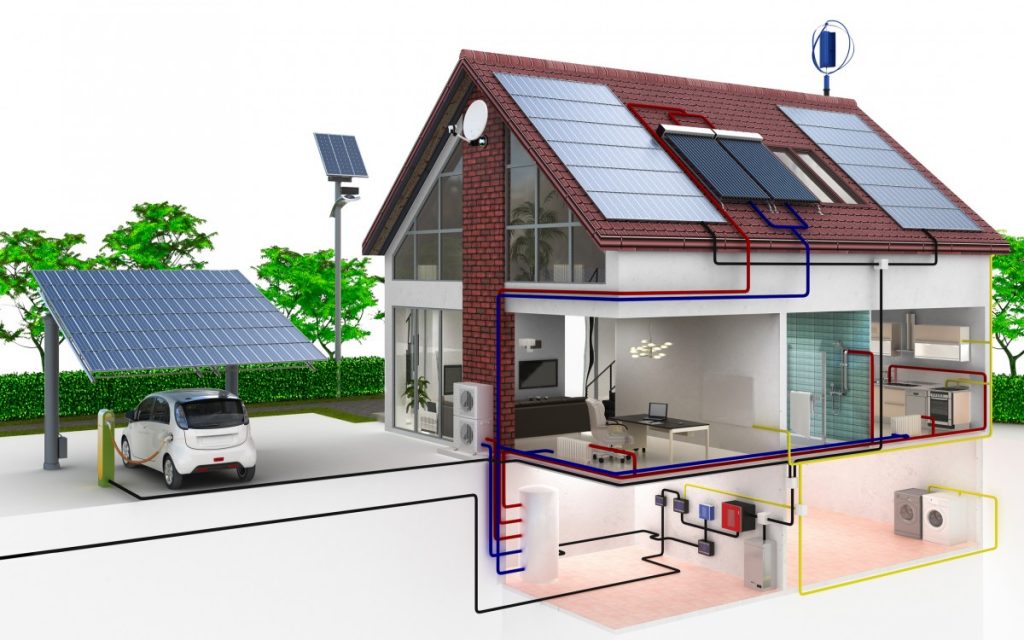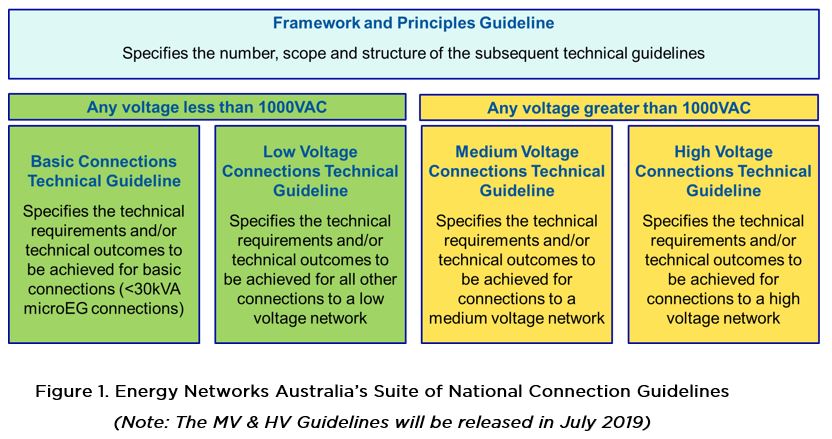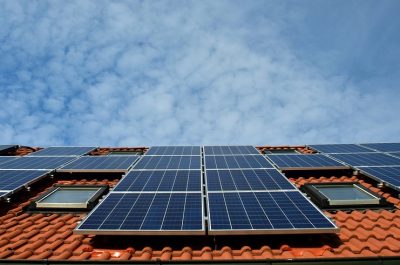Singing from the same connection song-sheet
Australia has no standardised or consistent approach for the connection of household solar and storage devices to the electricity grid.
However, that is about to change, with the release today by Energy Networks Australia of the first set of guidelines for safe, consistent and efficient installations of solar, storage and battery devices to the grid.

The issue
Because distributed energy resources (DER) such as household PV can impact the performance of the electricity grid, a customer needs to obtain approval from their electricity distributor to connect their system.
A network connection agreement must be lodged and approved by the electricity distributor before systems can be installed.
This agreement sets out the terms and conditions of grid connection, including the size and type of the system and technical requirements that must be met.
To date, distribution network providers have developed their own connection processes to ensure the delivery of safe and reliable electricity to customers. These have been influenced by their own unique mix of customers, geographic conditions and business models, all operating under a sophisticated set of rules, regulations and performance criteria.
This has resulted in a disparate landscape in which a range of technical requirements and connection processes exist. While these connection processes are consistent with the National Electricity Rules, inconsistencies between networks, combined with complicated processes and a perceived lack of transparency, have led to frustrations for the entire supply chain and its customers, with connection delays and extra costs.
The Solution
In recognition of these issues, Energy Networks Australia, supported by all the electricity distribution networks across the country, started a project in early 2018 to standardise the connection of distributed energy resources into the grid.
Every customer’s needs are different and the generation potential of solar power differs from place to place, so solar and battery systems will differ. What doesn’t change, however, is the need for maximum efficiency, lowest cost and steady supply, which is what the guidelines will support.
The objective of this project was to develop a suite of national guidelines that would facilitate safe, consistent and efficient grid connections, mitigate potential risks and help reduce costs to networks and customers. The guidelines streamline the technical requirements for network connection of a range of generation technologies and will be used by network companies as a template to develop their own.
In developing the project, Energy Networks Australia worked with CutlerMerz to consult widely with electricity network businesses, consumer representatives and key industry stakeholders.
In June 2018, Energy Networks Australia released the Distributed Energy Resources Grid Connection Guidelines: Framework and Principles guideline outlining the agreed principles, objectives, structure and framework for the development of the subsequent national technical guidelines and for Australian Network Service Providers (NSPs) to adopt within their own documents and procedures.

The Technical Guidelines
Today, Energy Networks Australia is launching the first two technical guidelines Technical Guidelines for Basic Micro EG Connections and the Technical Guidelines for Low Voltage EG Connections, which address low voltage connections for household, commercial and industrial premises. These articulate the structure, definitions and technical settings distribution networks should adopt in the development and application of their technical requirements for grid connection of distributed energy resources. They also outline the relevant rules, regulations, standards and codes, testing, commissioning, operations and maintenance requirements.
While compliance with these guidelines is not mandatory, all the relevant networks have committed to adopt their requirements and have agreed to participate in annual compliance reviews, including independent assessments.
Work is underway to produce the next set of guidelines to address medium voltage (MV) and high voltage (HV) connections within the distribution system. These guidelines are expected to be released later this year.
Australia’s embrace of the global energy transformation is world-leading when it comes to the adoption of household solar and storage. Customers like being in control of their energy. The speed of this change, however, has taken everyone by surprise. The energy network sector is working hard to ensure Australia’s grid and any associated outdated processes are modernised to enable this revolution.


